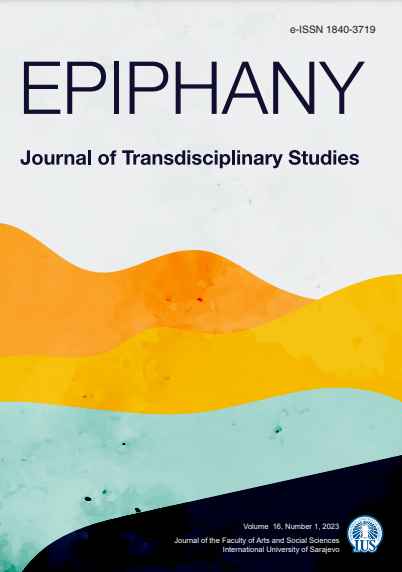A UNIQUE EDUCATIONAL INSTITUTION OF KOMOTINI/GÜMÜLCİNE: MEDRESE-İ HAYRİYYE
A UNIQUE EDUCATIONAL INSTITUTION OF KOMOTINI/GÜMÜLCİNE: MEDRESE-İ HAYRİYYE
Author(s): Halit ErenSubject(s): Cultural history, Social history, History of Education, The Ottoman Empire, History of Islam, Sociology of Religion
Published by: International University of Sarajevo
Keywords: Lausanne Treaty; Medrese-i Hayriyye; Turkish and Muslim Minorities; Western Thrace;
Summary/Abstract: After the Ottoman State withdrew from Rumelia, the Turkish and Muslim communities that remained in the Balkans aimed to continue traditional Ottoman institutions or create new ones. The Treaty of Istanbul signed between the Ottoman State and Bulgaria in 1913, the Treaty of Athens with Greece, and the Treaty of Istanbul signed with Serbia in 1914 regulated the status of the existing Muslim communities and foundations in these countries. The establishment of institutions where the necessary education would be provided to fulfill the Muslims’ need for “muftis” and “nüvvâbs” (acting muftis) was also resolved with these agreements. Also, with the signing of Lausanne Treaty on 24 July 1923, Western Thrace gained a new statute. Part I, Section III of the Treaty titled “Political Provisions” contains provisions defining the statutes of the minorities under the title of “Protection of the Minorities”. The right to open, supervise and manage their own schools belongs to minorities. In accordance with this Treaty, schools established in Western Thrace will have minority status and will be managed by school committees elected by the Turkish community. In this study, educational institutions in Western Thrace, especially Medrese-i Hayriyye are described in the perspective of their history, management, financial structures, educators and educational programs.
Journal: Epiphany. Journal of Transdisciplinary Studies
- Issue Year: 16/2023
- Issue No: 1
- Page Range: 145-182
- Page Count: 38
- Language: English

